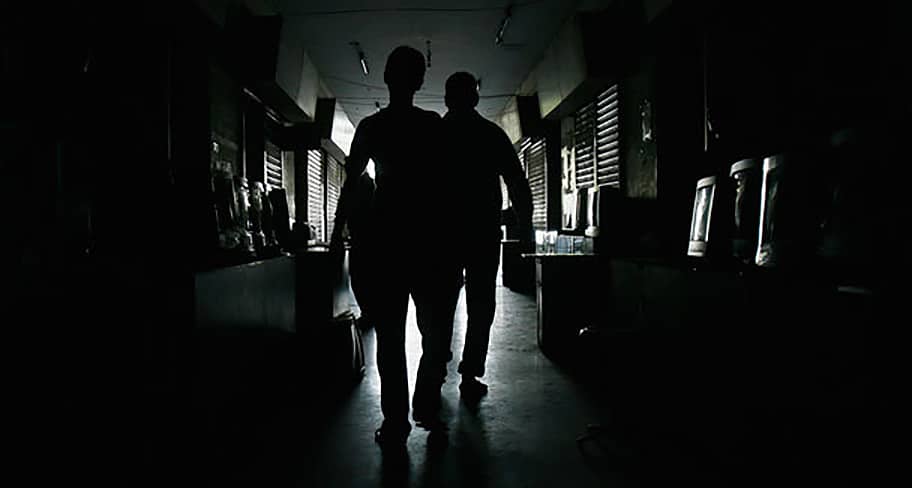Nobody likes to think about the potential loss of their digital data, but it happens all the time and in unexpected ways. Natural disasters, severe weather, cars that knock over electric poles, and even fires can all cause a power failure, and leave computerized equipment fried.
Businesses need to be prepared for a power outage, regardless of the cause. That preparation should be focused on preserving data both inside the office as well as data located on servers stored in an offsite data center.
[pullquote]Hopefully, you’ve got a professional data center handling your servers and they’re not in someone’s basement.[/pullquote] A data center will have an uninterruptible power supply (UPS) which means your data will be well protected in the case of a power surge, and uptime will be maximized.
Having an uninterruptible power supply is just one tool you’ll need to protect your data during a power outage. If you’re not prepared at all for a power failure, you should be.
Here are the two biggest reasons why, and how to get prepared.
Rebuilding Digital Assets Can Be Nearly Impossible
You’ve already dedicated a lot of time to building your business, and plenty of effort has gone into building your business’ digital assets – like your website. You’ve probably got other digital assets like documents, videos, and audio files stored on your company’s server.
All of these digital assets, including the software you use to organize and make your assets available to your team, are vulnerable to being wiped out during a power failure. To protect your business and eliminate that vulnerability, you need to do some prep work to backup your data and implement basic hardware security measures.
Preparing Is Worth The Time And Money
The amount of time and money it takes to prepare for a potential power failure is fractional compared to the amount of time and money it would take you to rebuild your empire of digital assets from scratch. Digital assets get wiped out all the time during power failures, and not being prepared is like gambling away your business.
Backup Backup Backup
Backup your data, and get your team on board with performing regular backups of their work. This is the most basic of all requirements for being ready for a power outage, but many people don’t do it, either because they don’t know how or it can seem overwhelming. Not backing up your files is taking a huge risk that everything could be gone in the blink of an eye.
Hardware Damage Can Be Irreversible
Even if you have multiple backup locations for your files and don’t have to worry about losing your digital assets, you still need to be aware of the potential for losing your physical devices like computer hard drives, power sources, and motherboards. It should be noted that solid state drives are not immune to being fried by a power surge.
It’s not the power outage that causes damage to your hardware, it’s the power surge that does the damage. A surge protector is one way to prevent damage to computer hardware, but it’s not a guarantee – sometimes they work, sometimes they don’t. How well it works will depend on how much power your particular unit is designed to withstand and if you’ve replaced it.
It can be expensive to replace fried hardware
Both the least expensive and easiest piece of hardware to replace is your power source, and the most expensive could be your motherboard. While motherboards alone aren’t always priced high, you might have to replace other parts for compatibility reasons, unless you’re buying the exact motherboard you just fried.
If you’ve got your data backed up, you probably don’t need to worry much about the cost of replacing your hard drive; most hard drives are fairly inexpensive. Even so, it’s a hassle to replace, so you should protect your hardware as much as possible.
Establish office habits for safety
To protect your digital assets and computer hardware as much as you can, you should make it part of your company policy for everyone to engage the following habits in the office:
- Always plug computers and laptops into surge protectors instead of directly into the wall.
- When your laptop or other digital device is done charging, unplug the charger immediately. This saves your battery from losing charge capacity, and it also makes sure your device won’t get fried if there’s a power surge.
- Have an uninterruptible power supply (UPS) at every desk and make sure your employees know what to do after a power surge. The UPS may only give them enough power to properly shut their machine down, so they’ll need to act fast.
- Always unplug your electrical devices during a storm, especially a lightning storm. There is no surge protector in the world that will protect your computer from a lightning strike.
Don’t Be Caught Off Guard
Not being prepared for a power outage and subsequent surge can unexpectedly send your digital assets and computers to the graveyard. So, just like you would prepare your family for the next natural disaster, your business should be equally prepared.

COMMENTS